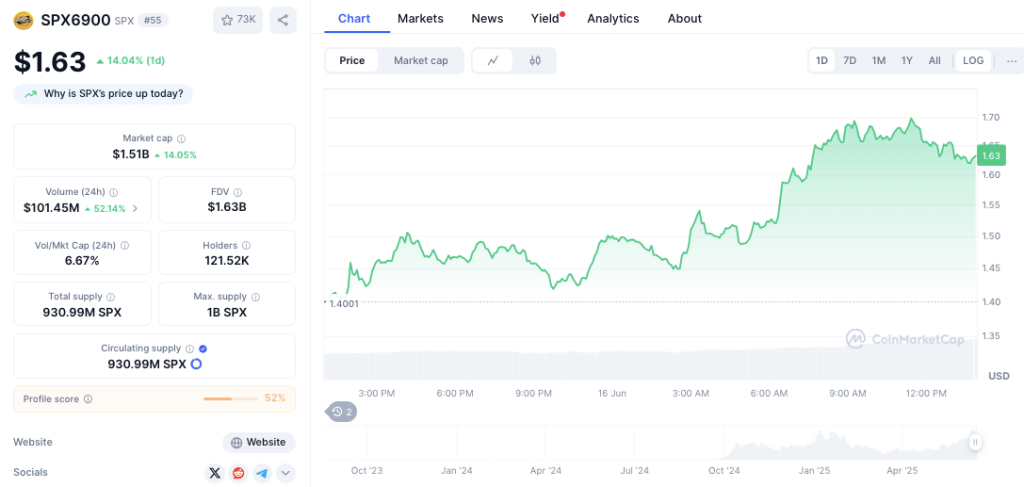In the world of HR transformation, senior leaders often find themselves on a precarious tightrope. On one side, there’s the need to build organizational capacity, ensuring that teams have enough resources, infrastructure and bandwidth to execute the business’ strategic initiatives. On the other side, there is the ongoing need to cultivate capability, equipping teams with the skills, knowledge and agility to drive meaningful change.
In our work with the C-suite, we’ve been witness to the struggle to reconcile these two (sometimes) competing priorities. With the stakes getting higher, and the safety net of large budgets having been removed, it’s a very delicate balancing act—one that can make or break the success of any transformational journey.
I’ve previously written about the challenges HR faces in being a successful strategic partner, emphasizing the fact that most often it is capacity, not capability, that keeps them focused too much on transactional work. This tension is just as prevalent at the macro-level, with organizations struggling to realize successful transformation outcomes writ large. The old saying, “Where there’s a will, there’s a way,” rarely translates into reality. To fully appreciate the challenges faced as an HR executive navigating transformation, it’s helpful to consider both sides of the equation.
Capacity
Imagine a circus performer stepping onto a high wire. Beneath them is an ever-changing crevasse, representing the demands of organizational growth, market shifts, changing priorities and evolving customer expectations. In this scenario, you are the circus performer (and I imagine we all feel like one from time to time). You are putting yourself out there because you either volunteered or were “volun-told.” You may feel isolated, exposed, like everyone is watching and maybe a little in danger, as taking on such an effort is not without its risks.
Successful navigation means you’re surrounded by the right support structure, with enough nets, safety harnesses and skilled peers to keep you from plummeting into the void. And sadly, someone in the stands may be cheering for your failure with popcorn in hand.
Think of the balance bar a tightrope walker uses. On one end, you have capacity. Simply put, capacity encompasses tangible elements:
- Resources: These are the strongest safety nets—the financial backing, the technology and physical infrastructure to support our endeavors and, most importantly, the people who can help do the work. Without adequate resources, our transformation efforts become a high-wire act destined to fail.
- Bandwidth: Just like the tightrope walker needs a wide enough wire to maintain balance, organizations require sufficient bandwidth. This means having the time, energy and focus to execute initiatives effectively. All the desire and money mean nothing without enough space to accommodate the required workload.
- Scalability: As the circus grows, can our tightrope accommodate more performers? Scalability ensures that our capacity expands alongside our ambitions, both at the appropriate pace and the appropriate amount.
When organizations start down the path to transformation, the catalyst for this change sometimes eschews the careful planning and change-readiness work that ideally precedes the program. As a result, a lack of capacity can unbalance the effort to get from one end of the tightrope to the other.
Capability
That balance bar has two ends, though, so now consider capacity’s twin. Here, the performer’s balance depends not only on the wire but also on the skills and agility of those around them. This represents capability, an area that executives struggle with within every industry. As work continues to evolve and expectations change, finding the right internal capabilities can be daunting.
Capability encompasses several vital elements:
- Skills: Teams and leaders must be adept at juggling multiple priorities, with breadth and depth needed at various moments throughout the transformation. They therefore need the finesse to perform intricate maneuvers without losing their footing. With transformation, this also means having organizational skills like project and program management that are often missing across dynamic teams, particularly if this circus is your side hustle.
- Learning agility: Learning agility is defined as the ability to learn from experience, coupled with the willingness to apply those lessons in new situations. Like seasoned acrobats, teams must adapt swiftly, approaching new ideas with curiosity, not fear. The HR landscape evolves—new technologies, changing regulations and shifting workforce dynamics. Learning agility ensures our teams stay nimble and are open to the possibilities of new ways of doing things.
- Change leadership: Transformations involve shifting mindsets and behaviors. The ability to both navigate the change as a person experiencing it and then guide others through the change is non-negotiable for a successful transformation. As an HR leader, you and our team must guide the way, inspiring confidence and fostering a culture of continuous improvement.
Tada!
Back to you, our tightrope walker, grasping onto that balance bar, trying to maintain equilibrium between capacity and capability. Too much weight on either side and disaster looms. So, how can HR leaders strike the right balance when walking from what was to what will be? A few suggestions:
- Assess your true footing: Understand your organization’s, and your team’s, current capacity and capability. Is the wire fraying? Are your performers wobbling from exhaustion? Diagnose gaps and strengths. Have open, honest conversations about where the organization is on both spectrums. One of the largest roadblocks I’ve seen in my work with the C-suite is a lack of a good governance structure. Impact analysis and prioritization are vital to understanding how much work the organization can absorb and still function. Knowing what to stop doing is often more important than knowing what to start
- Invest in training: Just as performers rehearse their shows to gain confidence in new skills, your team must have the opportunity to learn and practice the capabilities they need to execute against the upcoming transformation. This means not only training those who are rolling out the transformation but also setting aside time and money to allow for proper training of your internal customers, the end-users whose adoption of the new way of working is so critical.
- Spotlight agility: Celebrate agility as a core competency. Encourage cross-functional learning, foster innovation and reward adaptability. This will enable you to build a team that is able to change with the circumstances. Agility will not magically create capacity where there is none; however, it will give you the flexibility you need to move resources to different areas as needs arise.
- Align leadership: I cannot stress the importance of alignment enough. I have borne witness to many a transformation that faltered because the C-suite was unable to align on core principles and desired outcomes. Ensure your leadership team embodies both capacity and capability. They set the tone for the entire organization. And when change comes, realign to the reality of the moment, not a Power Point of the past.
As HR leaders, we are not just circus performers; we are often the ringmaster working furiously to ensure everyone is doing what they need to do when they need to do it. Our tightrope is the path to transformation, and our success lies in harmonizing capacity and capability. So, let’s step onto that wire, eyes forward and find our balance. The audience—the organization—awaits our performance, and I, for one, look forward to seeing you on the other side.
Credit: Source link






![AI can boost conversions from your web page — HubSpot’s CMO shows you how [tutorial] AI can boost conversions from your web page — HubSpot’s CMO shows you how [tutorial]](https://knowledge.hubspot.com/hubfs/ai-1-20250605-395473.webp)




